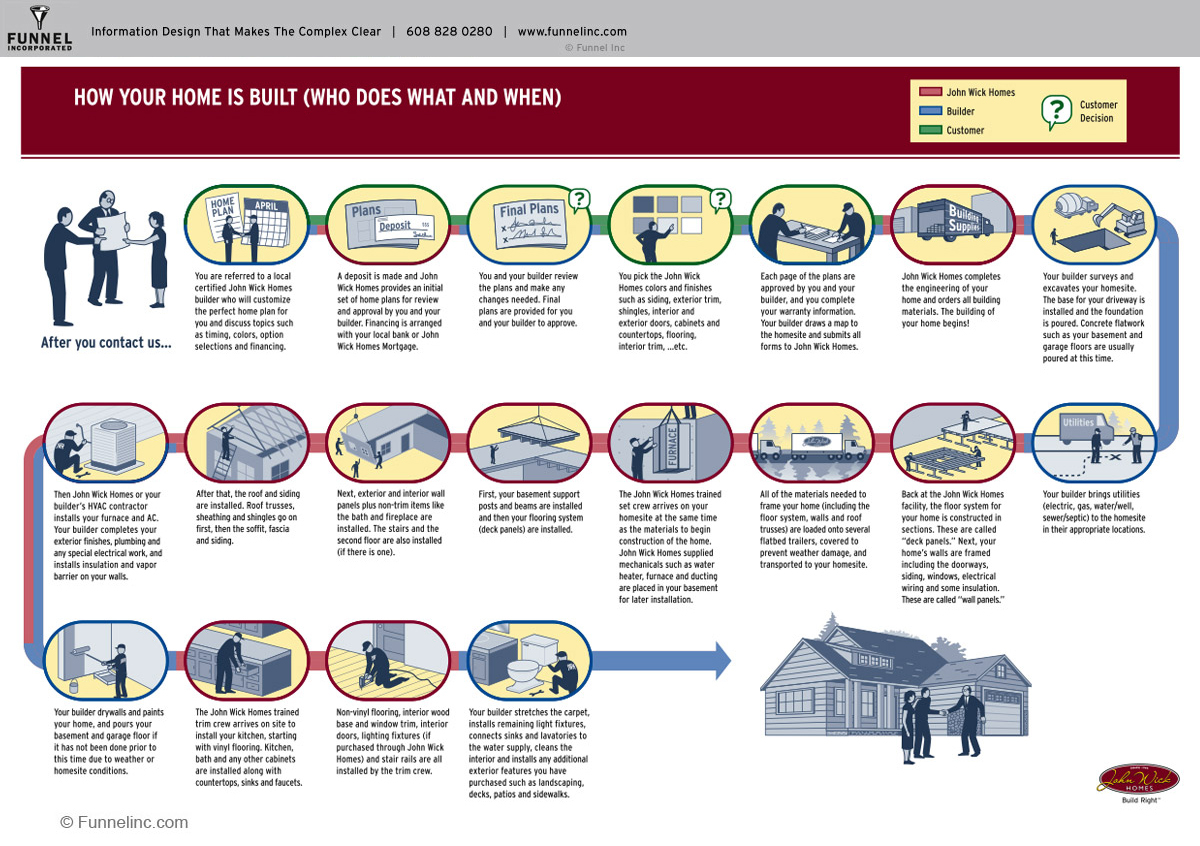Just How To Budget For Your Floor Covering Job: A Practical Overview
Just How To Budget For Your Floor Covering Job: A Practical Overview
Blog Article
Composed By-Craven Terkildsen
When you're planning a flooring project, budgeting isn't nearly picking a number; it has to do with understanding what you truly need and the prices involved. You'll want to evaluate your certain requirements, study different products, and prepare for unanticipated costs. Think of how factors like area function and setup techniques can impact your spending plan. But before you enter, there are some vital information you may neglect that could substantially influence your total prices. Allow's check out how to navigate these complexities and guarantee your project stays on track.
Assessing Your Floor Covering Demands
Prior to diving right into your flooring job, it's important to analyze your flooring requires. Start by considering the particular locations where you prepare to set up new floor covering. Consider the function of each space. For example, kitchens and bathrooms need waterproof materials, while living locations may take advantage of convenience and looks.
Next off, assess the existing conditions of your floorings. Exist any type of structural concerns, such as uneven surface areas or wetness troubles? Addressing these worries at an early stage can save you money and time down the line.
Also, bear in mind of the measurements of each area to determine how much floor covering you'll require.
Don't fail to remember to consider your way of life. If you have pets or young children, longevity might be your top concern, while an extra formal room may ask for an elegant coating. Additionally, consider your design preferences. Do you favor a classic look, or are you drawn to modern styles?
Lastly, be reasonable concerning how much upkeep you're willing to devote to. Some products need more upkeep than others. By understanding your requirements plainly, you'll be much better geared up to make informed options as you move on with your floor covering task.
Estimating Expenses and Materials
Estimating expenses and products is a pivotal action in your flooring task that can substantially influence your general spending plan. Begin by determining visit the next web site to figure out how much floor covering you'll require. For epoxy concrete floor of products, you'll find pricing by square foot, so collect quotes from numerous providers to obtain a practical number.
Next off, think about the type of flooring you want. Alternatives like hardwood, laminate, tile, or carpeting all come with various cost points. Study the costs for every and consider any kind of added materials like underlayment, adhesive, or transition strips.
Don't neglect to consist of tools if you're intending a do it yourself installment, as leasing or acquiring equipment can include in your expenditures.
Labor prices are another essential factor to consider. If you're hiring professionals, get quotes from numerous professionals to guarantee you're getting a fair cost. Be clear about the extent of job to prevent unforeseen fees later.
Last but not least, it's a good idea to allot a tiny percentage of your budget for any kind of unanticipated prices associated with materials. By extensively approximating your expenses and materials ahead of time, you'll set yourself up for a smoother and much more workable flooring task.
Preparation for Hidden Costs
Numerous home owners neglect the hidden expenses that can occur throughout a floor covering job, which can result in budget overruns. To avoid this, you require to prepare for potential additional prices.
First, take into consideration the condition of your existing subfloor. If it's harmed or unequal, you'll likely need fixings or leveling, which can add substantially to your total expense.
Next, consider removal and disposal costs for your old floor covering. Numerous contractors charge additional for this solution, so element that right into your budget.
Furthermore, do not forget the prices of underlayment, which might not be consisted of in the first quote but are crucial for an effective installment.
You should additionally plan for unforeseen difficulties, such as plumbing or electric job if your flooring job includes relocating components. It's a good idea to reserve at the very least 10-15% of your total budget for these unforeseen expenses.
Lastly, remember that permits might be required for sure installments. Always inspect local policies to avoid fines or delays.
Final thought
In conclusion, budgeting for your floor covering task is necessary for a successful end result. By analyzing your demands, approximating prices, and planning for hidden expenses, you'll prevent shocks and remain on track. Keep in mind to reserve a part of your allocate unanticipated costs and maintain an in-depth failure of your expenditures. With cautious preparation and factor to consider, you'll develop a lovely space that fulfills your demands without breaking the bank. Delighted flooring!
